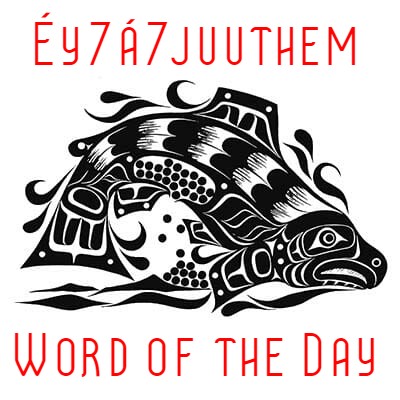
More shelter spaces are available this winter than previous seasons, providing people experiencing homelessness in British Columbia with access to additional warm, safe indoor spaces as colder weather arrives.
The Province, through BC Housing, is funding 6,486 shelter spaces in 58 communities throughout B.C. this winter.
That includes permanent, temporary and extreme-weather response (EWR) shelters, as well as Homeless Encampment Action Response Temporary Housing (HEARTH) shelter spaces.
Permanent shelters are open 24 hours a day, 365 days of the year regardless of the weather, and provide services and meals to guests.
Temporary shelters are open every night and many operate 24 hours a day and provide meals.
Many temporary shelters are seasonal and will operate until March or April, based on community or operational needs.
Extreme-weather response shelters open overnight when a community issues an extreme-weather alert, such as during cold temperatures, snow or heavy rain.
Additional shelter spaces are expected to open through the winter season as BC Housing works with municipalities to identify locations and finalize shelter plans.
Additionally, when extreme cold is forecast, the Province works with local governments and First Nations to provide guidance and reimbursements for opening and running emergency warming centres.
To learn more, visit Government of British Columbia.
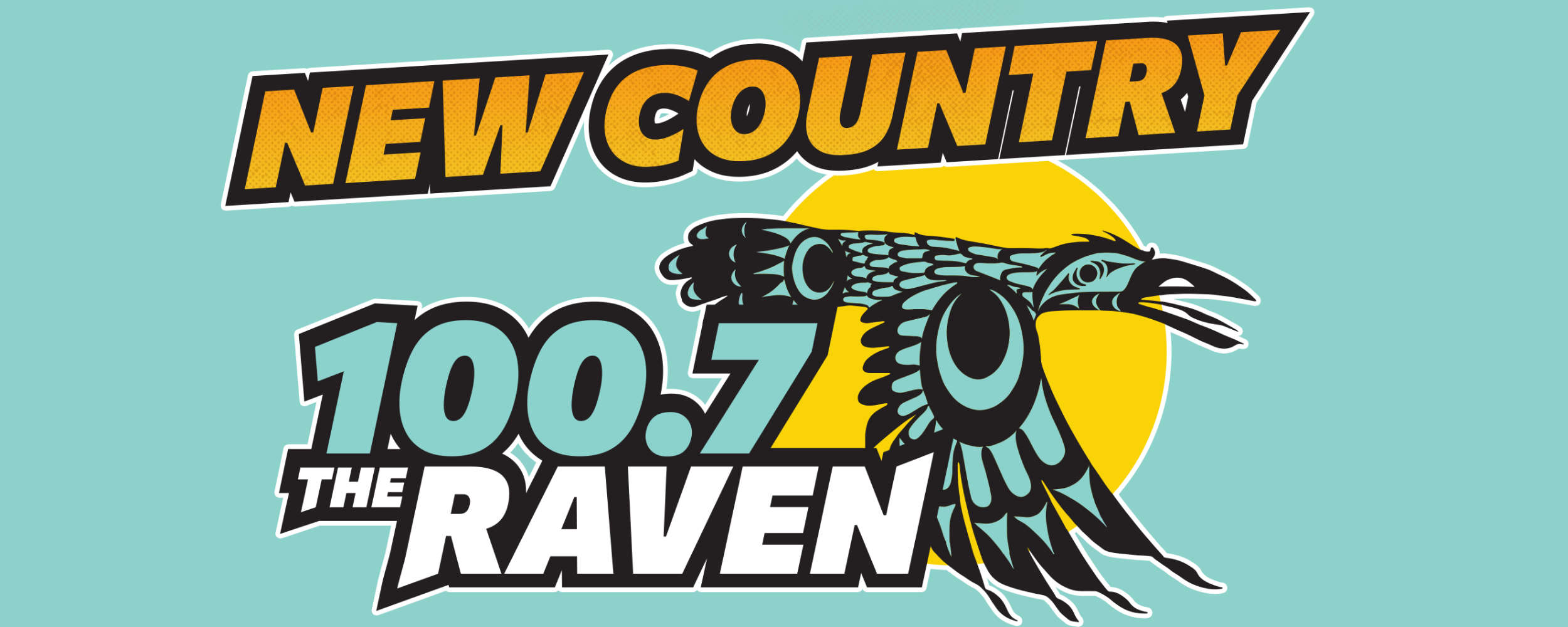
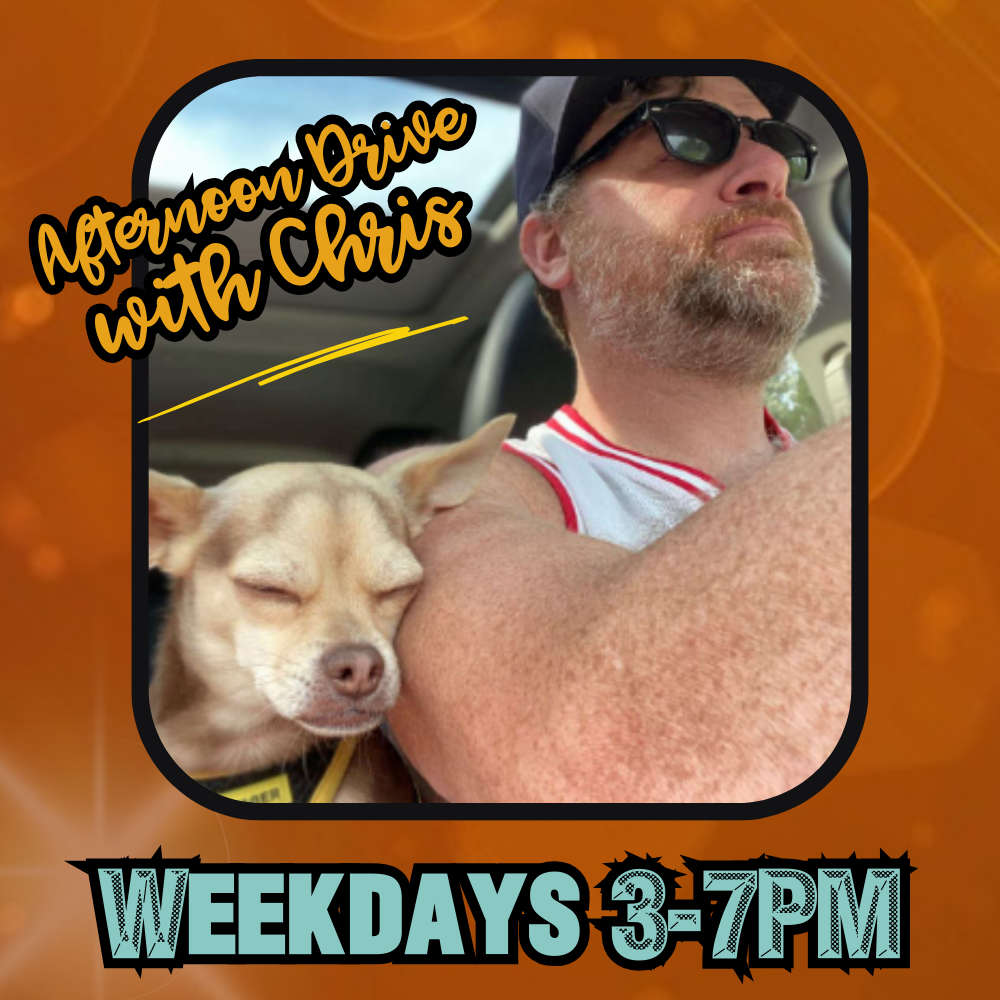
 City Of Courtenay Awards East Courtenay Fire Hall Design Contract
City Of Courtenay Awards East Courtenay Fire Hall Design Contract
 Comox Valley Local Governments Recognize Métis Week
Comox Valley Local Governments Recognize Métis Week
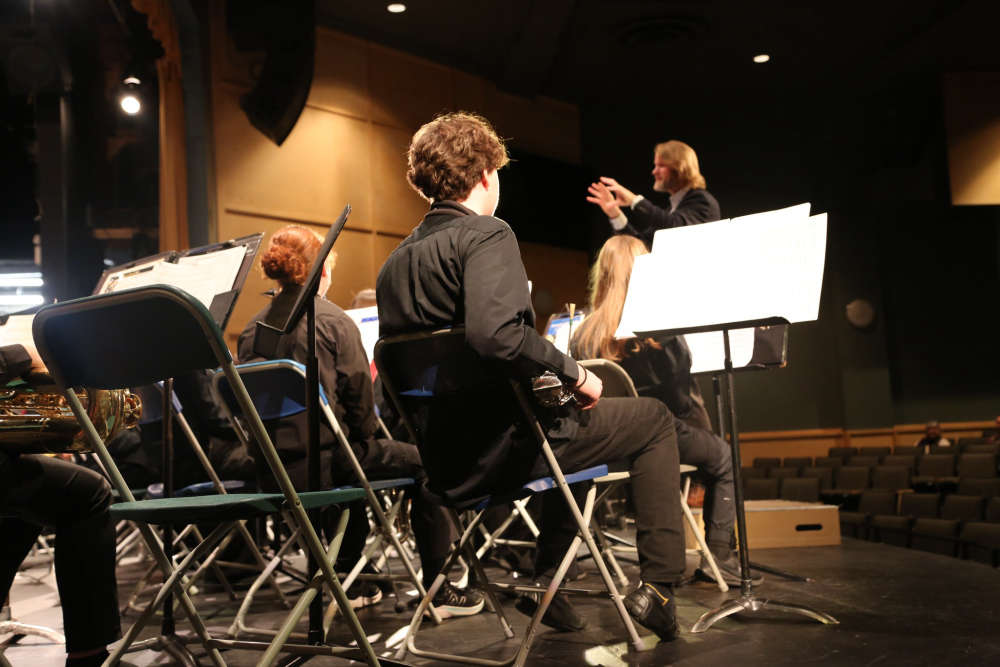 Comox Valley’s Band And Choir Festival Returns Next Week
Comox Valley’s Band And Choir Festival Returns Next Week
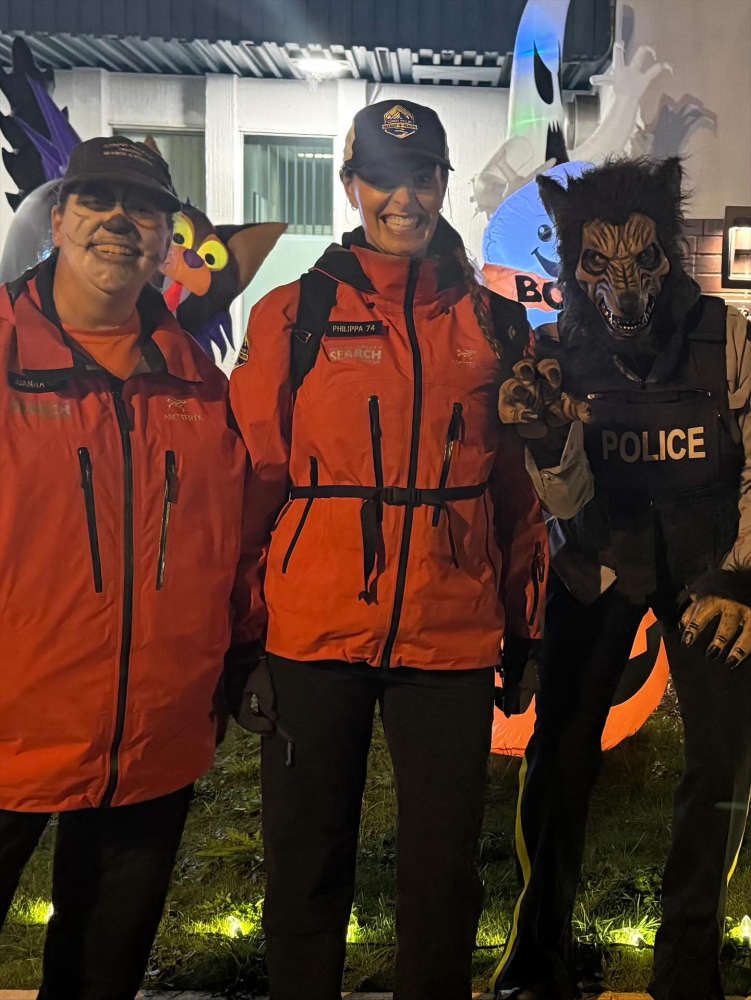 Haunted Cells Event Draws Hundreds In Comox Valley
Haunted Cells Event Draws Hundreds In Comox Valley
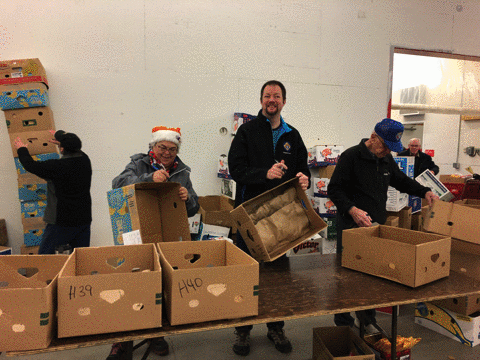 Campbell River Community Christmas Hamper Fund Returns
Campbell River Community Christmas Hamper Fund Returns
